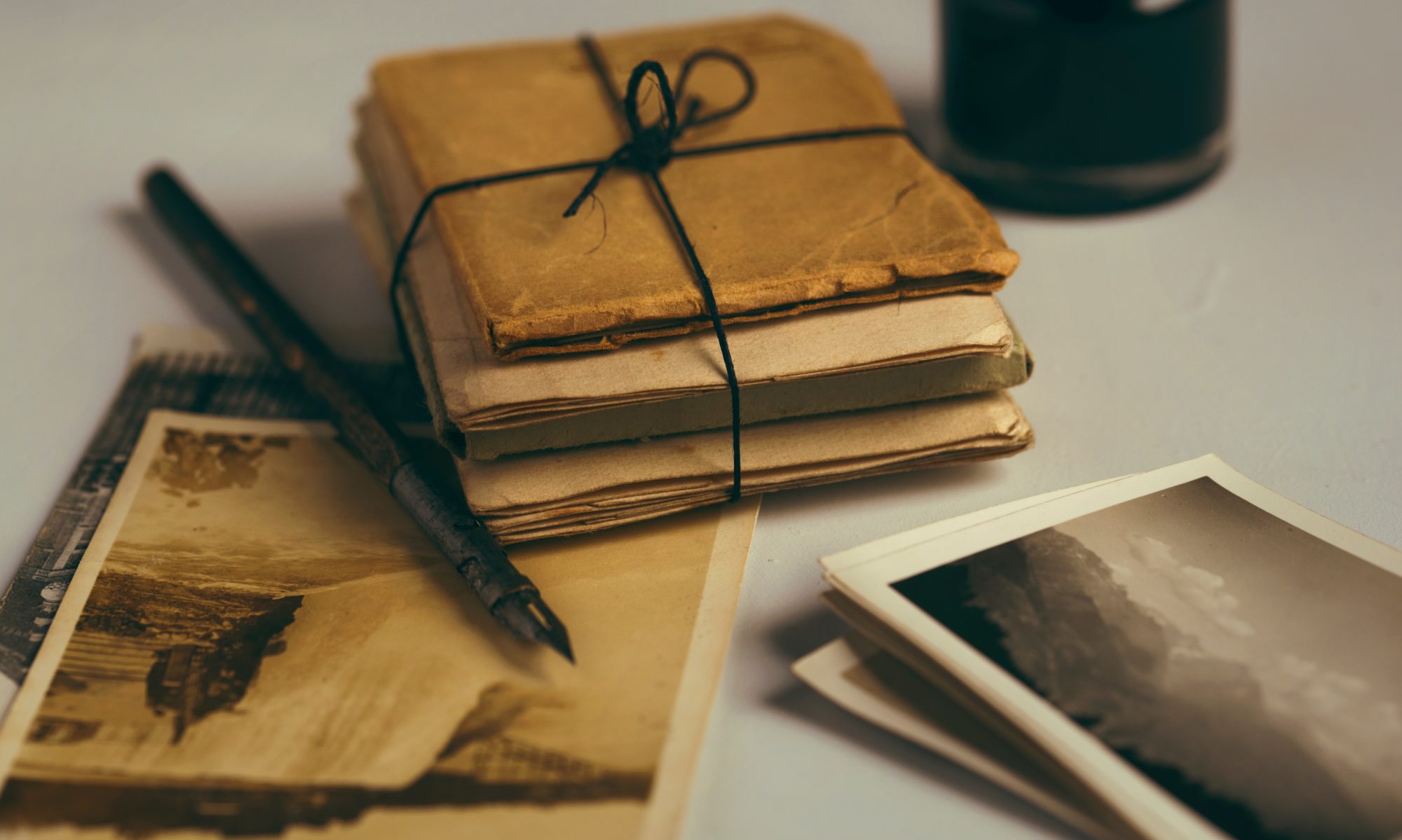
Winter is right on the doorstep with the final season of Game of Thrones starting very soon. I thought it might be interesting to touch on endogamy (or ‘inbreeding’) and intermarriage to celebrate the show’s return.
You may think that the amount of intermarriage between a limited number of families, along with the incest which has become a crucial part of the plot, is a little far-fetched. Indeed it isn’t, it’s possibly the least far-fetched of all the story elements. There are many groups of families around the world who descend from a very small gene pool and are classified as ‘endogamous’. Furthermore, most of us at some point in our family tree are touched by intermarriage.
Causes of endogamy
Endogamous populations occur for several reasons, including:
Geographical – Remote or isolated communities often had little choice but to intermarry amongst themselves, as there were rarely others to choose a marriage partner from. Groups tucked away in mountains or on islands, especially if they came from a small number of settlers to begin with, tend to be very endogamous.
A good example of this is the Maoris of New Zealand, who all descend from a small number of immigrants from the Hawaiian islands several centuries ago. Even in pre-industrial revolution England, people often tended to marry people from their own village or from within a few miles around it.
- Cultural – For example, a group of people who settle somewhere with a different culture from their own or are not a part of the ‘standard’ culture of the area in which they live. Group cohesion and survival can be based on marrying within that minority group. Examples of this include Orthodox Jews, the Amish, Parsi and Yazidi.
- Societal – Aristocratic and royal families tend to intermarry among one another for political reasons and to keep the bloodlines ‘pure’, a la Game of Thrones. This of course never stopped them from sowing plenty of wild oats amongst the commoners. It is said that every English white Anglo-Saxon person can count King Edward III amongst their ancestors, so prolific were his appetites! Another example is the caste system in India, where it once was forbidden and is still frowned upon to marry outside one’s own caste.

So what does this mean for genealogical research?
Intermarriage and Incest
These are not confined to endogamous populations but can occur in any family. Society tends to frown on intermarriage between close relatives, and incest is universally taboo. However, the reality is that they do happen and children can be the result.
How endogamy and intermarriage can make research easier
People with endogamous backgrounds or occasions of intermarriage find that their family tree has ‘pedigree collapse’ at various points. This means that two or more of their family lines goes back to the same set of common ancestors. The more endogamous lines, the fewer distinct ancestors they descend from. This is the main reason why even though technically you have over a quarter of a million 16xgreat-grandparents, in practice most people don’t.
In my tree, there are several instances where the same names pop up, sometimes over and over. “Oh, YOU again?” Luckily it’s quite a long way back in my tree. To be honest, it can be quite a relief if that line is already researched beyond those ancestors! Can you imagine trying to find 262, 142 people to complete a generation of forebears? In a way, pedigree collapse can simplify your family tree. Although the same names appearing over and over again can make it look less interesting on a chart!
How endogamy and intermarriage can make research harder
However, complexity is added if you are researching your family but every second family in the area shares the same surname. In many situations, the naming patterns for the children’s forenames might be similar too. This means you end up with multiple possibilities to choose from. So there’s a lot of evidence gathering before you can decide who is the candidate for YOUR great-great-great-grandfather, William Jones!
Because of their negative connotations, incest and marriage between close cousins are often hidden by family members. This can make it very difficult to pin down the truth. Your older family members who know the story may be very resistant to telling it because of the shame they feel exists within the family. The fallout from the aunt/nephew relationship between Jon Snow and Daenarys Targaryen is likely to be ‘interesting’ – and that’s just Game of Thrones!
It also makes it more difficult to unravel DNA matches. Say you have the same ancestors transmitting the same pieces of DNA down the generations through several lines. It can be extra difficult to work out which branch you are related to somebody on in more recent history. Often people require additional assistance in working their way through that quagmire.
Have you encountered any significant endogamy in any of your family lines? How has that impacted your research?






















